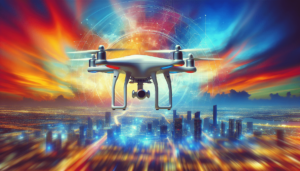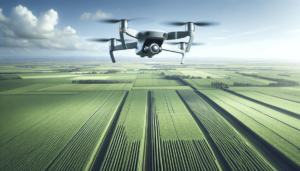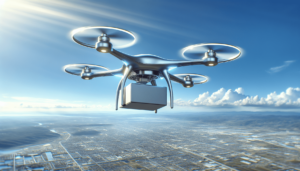Have you ever wondered if drone racing is on the verge of becoming the next big sporting sensation or if it remains confined as an experimental playground for tech enthusiasts? As we navigate through the ever-evolving landscape of technology and sports, drone racing straddles a fascinating intersection. As someone who has been captivated by both the adrenaline rush of competitive sports and the marvel of technological advancements, I find it intriguing to explore what the future holds for drone racing.
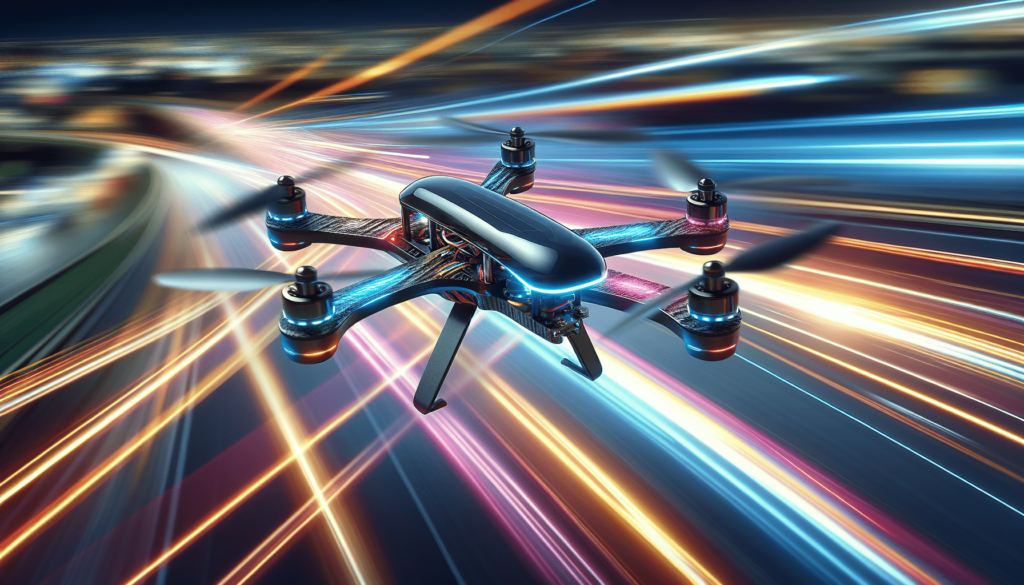
Understanding the Basics of Drone Racing
What is Drone Racing?
Drone racing is a competitive sport where pilots maneuver drones through obstacle courses at high speeds. These drones are specially designed for speed and agility, and pilots control them using first-person view (FPV) systems. With FPV, pilots wear goggles that receive a live video feed from a camera mounted on the drone, allowing them to navigate as though they are inside the drone. The thrill of drone racing lies in this immersive experience, where precision and quick reflexes are crucial.
Key Components of a Racing Drone
Racing drones are built differently from your average consumer drone. Here’s a breakdown of the key components that make these machines fit for racing:
| Component | Description |
|---|---|
| Frame | Usually made from carbon fiber, providing strength and lightweight portability. |
| Motors | High-speed motors that offer the speed and thrust needed for racing. |
| Propellers | Typically smaller and pitched to allow for rapid changes in direction. |
| FPV Camera | Provides real-time video to the pilot, enabling precise navigation. |
| Flight Controller | The brain of the drone that processes pilot inputs to control flight dynamics. |
The Rise of Drone Racing
Historical Context
Drone racing is a relatively new phenomenon, having gained popularity in the mid-2010s. It can trace its origins back to the advent of affordable consumer drones and the growing DIY (do-it-yourself) culture among hobbyists who began organizing informal races.
The Growth of Drone Racing Leagues
The professionalization of drone racing came with the formation of organizations such as the Drone Racing League (DRL) and MultiGP. These leagues have standardized rules, organized tournaments, and increased the sport’s visibility through televised events and online streaming. The races are visually spectacular, often held in stunning locations that enhance the scenic aspect of the competition.
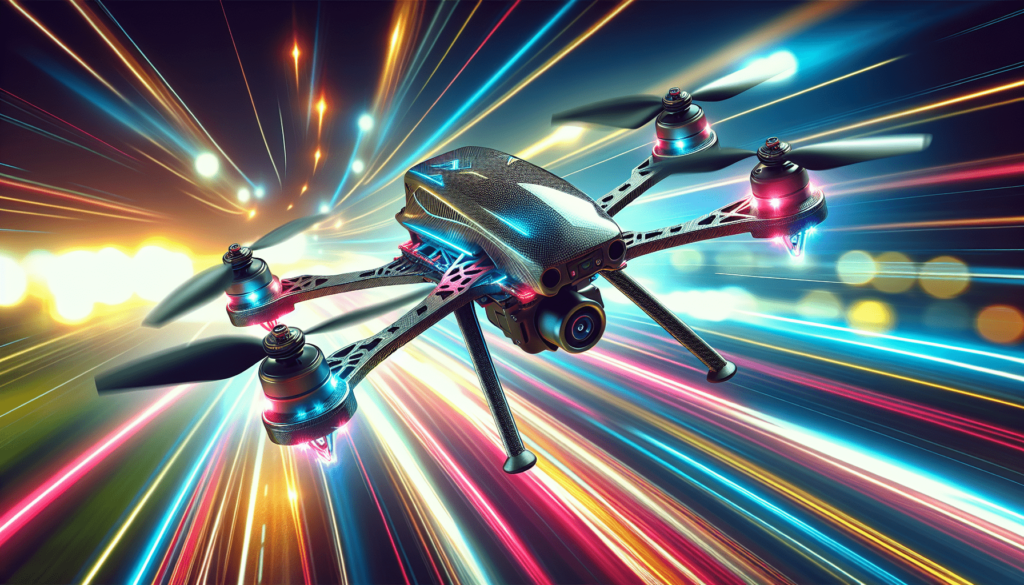
Drone Racing: A Sport or a Tech Experiment?
The Argument for Sport
When considering drone racing as a sport, several factors come into play. Firstly, like any traditional sport, it requires skill, practice, and strategy. Pilots need to hone their reflexes and learn course layouts, not unlike the way a race car driver memorizes the nuances of a track. Moreover, the element of competition and sportsmanship is very much alive in drone racing, as individuals and teams strive to outdo each other.
- Skills and Training: Pilots often spend hours in simulators to sharpen their reaction times and drone maneuvering skills.
- Competitive Framework: League structures and professional events provide a competitive framework.
- Spectators and Media: Races attract audiences both in-person and through media like TV and online platforms.
The Argument for Tech Experiment
Conversely, drone racing remains deeply entwined with technology. It serves as a continuous experimental field for innovation. Engineers and DIY enthusiasts are perpetually seeking enhancements that can push speed limits and improve ease of control.
- Innovation Hub: Acts as a catalyst for technological advancements in drone technology.
- Customization and Experimentation: Encourages a culture of tinkering and innovation, splitting the boundary between engineer and pilot.
- Tech-centric Audience: Draws a crowd interested in technological gadgets and advancements.
The Intersection of Technology and Sport
Technological Innovations in 2023 and Beyond
As we look towards the future, what’s on the horizon for drone racing technology? There are ongoing developments aimed at enhancing FPV systems, improving battery efficiency, and integrating AI for predictive flight paths. Real-time data analytics during races can offer both pilots and spectators richer insights into performance metrics.
Bridging the Gap Between Tech and Traditional Sports
Drone racing might well become a blueprint for how traditional sports can integrate newer technologies. Consider the prospect of more interactive spectator experiences or augmented reality enhancements. Could sporting events apply machine learning algorithms to analyze and enhance player performance in real-time?
Challenges Faced by Drone Racing
Regulatory Concerns
Like any evolving sport, drone racing faces obstacles. Regulations around drone usage, airspace permissions, and safety protocols pose significant challenges. Coordinating events that comply with both local laws and international aviation standards is necessary to ensure safety and legality.
Public Perception and Acceptance
Moreover, the sport’s acceptance by the general public is an ongoing endeavor. Unlike traditional sports with longstanding legacies and fan bases, drone racing is in the early stages of crafting its narrative and building its audience. Efforts are being made to present the sport in a way that is engaging and understandable to the broader public.
Opportunities for Growth and Evolution
Expansion of Audience and Market
While challenges exist, so do opportunities. Drone racing possesses the potential to capture younger audiences, particularly those native to digital environments, video games, and esports. The market can expand by appealing to a demographic interested in high-tech entertainment blended with competition.
Integration With Other Sports and Entertainment Forms
Drone racing might also transcend its current niche by integrating with other entertainment mediums or becoming part of larger sporting events. Collaborative events that pair drone racing with music festivals, tech expos, or even motorsports events could attract diverse audiences.
The Future Landscape: Predictions and Possibilities
Becoming a Mainstream Sport
Could drone racing join the ranks of mainstream sports like basketball or football? If it continues to establish well-organized leagues, increases its media presence, and captures a devoted fan base, it’s a distinct possibility. A tangible shift would be seeing drone racing events regularly featured on prominent sports networks.
Evolution of Racing Drones
As technology evolves, so too will the drones themselves. Expect to see drones that are faster, smarter, and potentially environmentally sustainable. Innovation may also bring about new racing formats or design changes to enhance the spectator experience.
Societal and Cultural Impact
As our world becomes more technologically integrated, dropping notions of what constitutes a sport, drone racing may influence both societal and cultural perceptions of technology and competition.
Conclusion
The journey of drone racing is just beginning. Whether it ultimately defines itself more as a sport or as an experimental tech field, it also embodies the essence of innovation and competition. As I look towards the horizon, it seems clear that drone racing has a future rich with potential, poised to inspire both athletes and technologists alike. What remains is for you to consider—how do you see it evolving and which path excites you more? Are you ready to take flight in this journey of high-speed sporting marvel and technological exploration?
